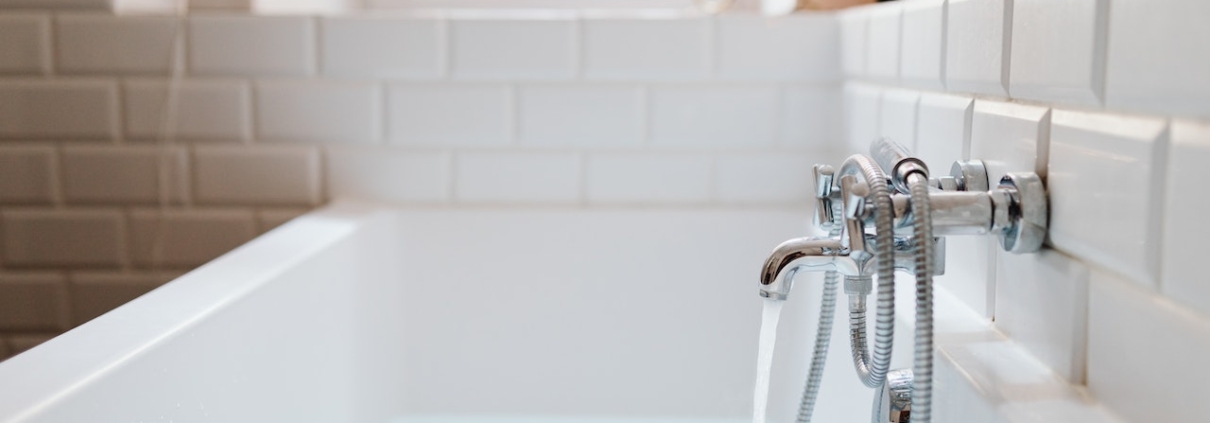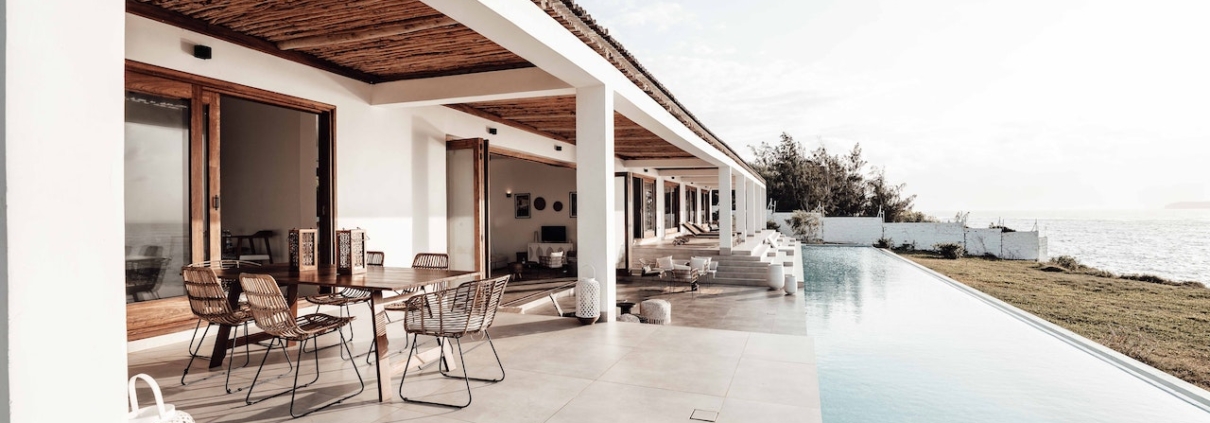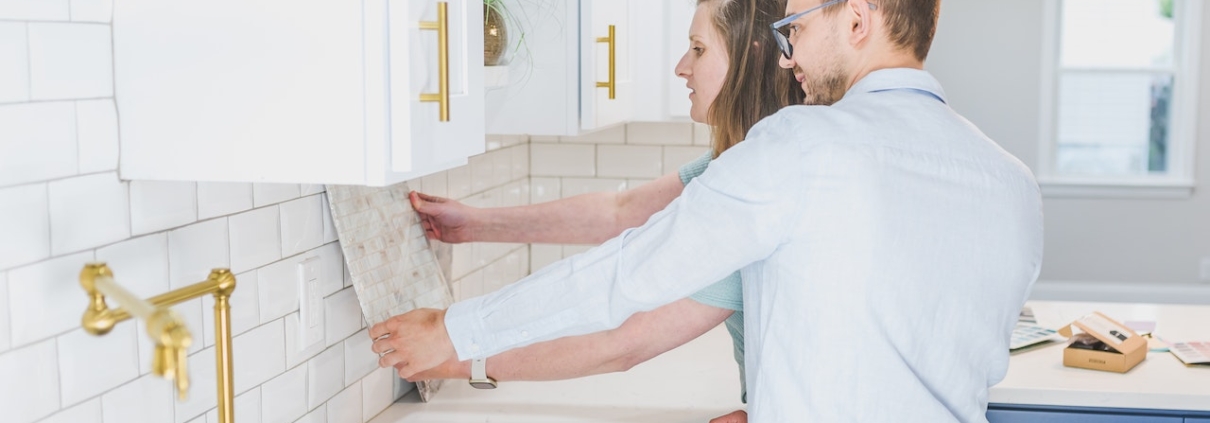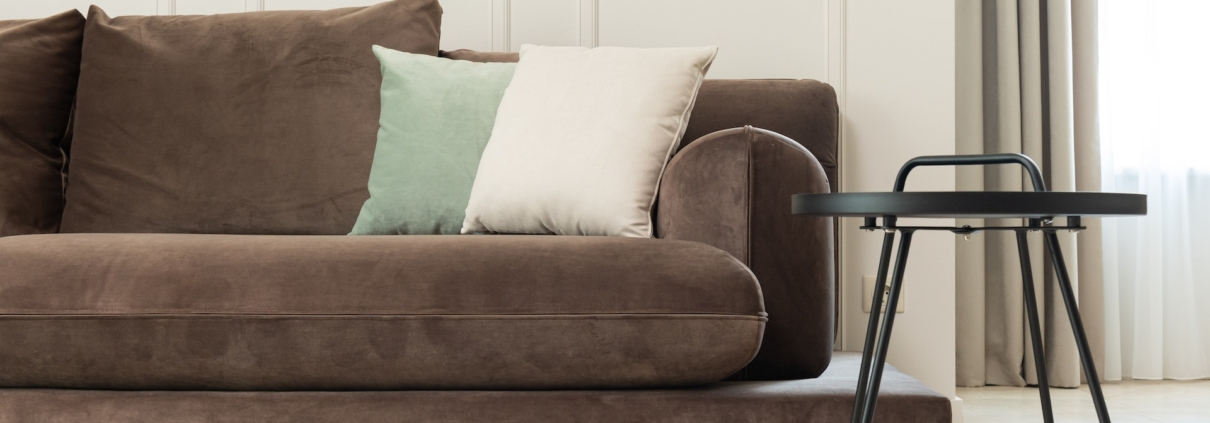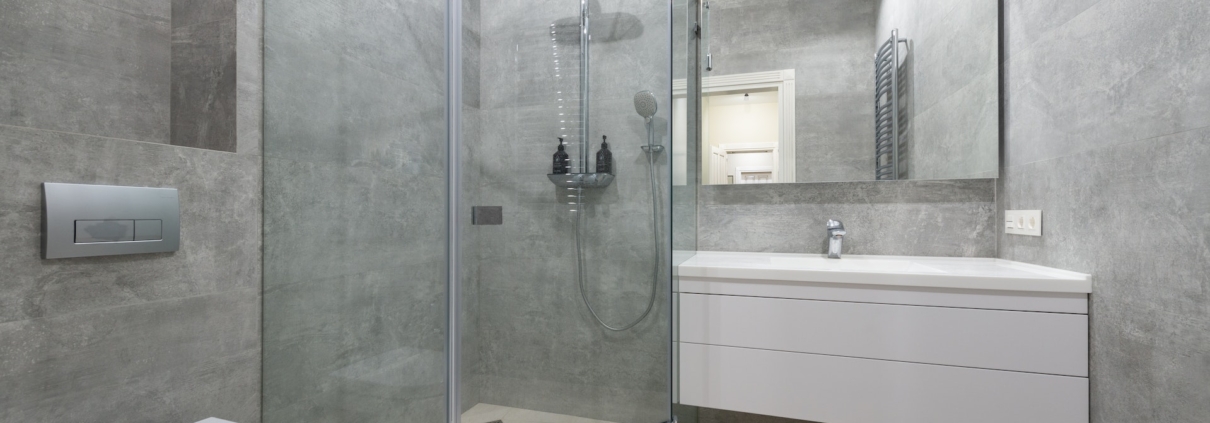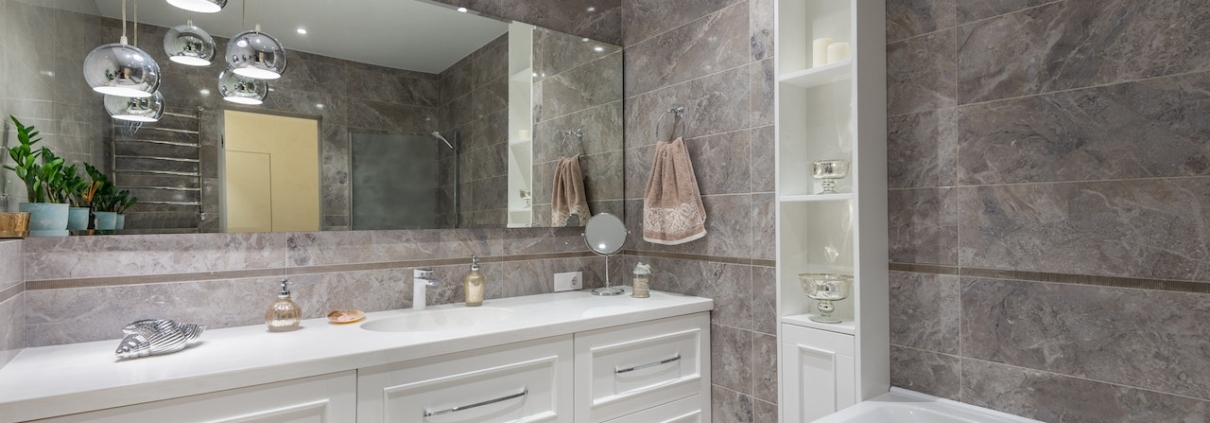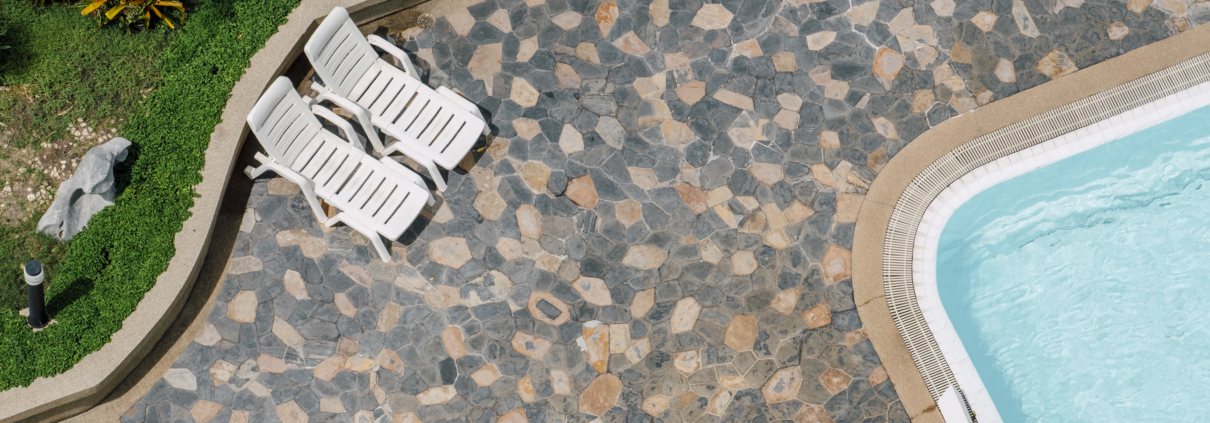In the age of environmental consciousness, more homeowners are seeking eco-friendly alternatives for their home renovations. One excellent choice that aligns aesthetics with sustainability is ceramic tile. As the perfect blend of natural materials, durability, and recyclability, ceramic tiles have emerged as an eco-conscious option for home remodels. In this blog, we’ll explore the reasons why ceramic tile stands out as an environmentally responsible choice for your next home improvement project.
Natural Composition
Ceramic tiles are primarily made from natural clay and minerals, resulting in a product that is free from harmful chemicals and toxins commonly found in synthetic materials. Unlike vinyl or laminate flooring that may emit volatile organic compounds (VOCs), ceramic tiles promote a healthier indoor environment, contributing to better air quality and reduced health risks for occupants.
Longevity and Durability
One of the key reasons ceramic tile is considered eco-friendly is its impressive lifespan. When properly installed and maintained, ceramic tiles can last for decades, if not a lifetime. The durability of ceramic tiles reduces the need for replacements or repairs, saving valuable resources and reducing waste. In contrast, other flooring materials may require frequent replacements, leading to more significant environmental impact over time.
Energy Efficiency
Ceramic tiles have a high thermal mass, meaning they can absorb and retain heat. This property helps regulate indoor temperatures, keeping homes cooler in summer and warmer in winter. As a result, homeowners can reduce their reliance on air conditioning and heating systems, ultimately lowering energy consumption and carbon emissions.
Water Resistance
Unlike certain flooring types that are prone to water damage, ceramic tiles are highly water-resistant, making them an ideal choice for areas with high humidity or moisture, such as bathrooms and kitchens. By choosing ceramic tiles in these spaces, homeowners can prevent water-related issues that often lead to mold and mildew, promoting a healthier living environment and reducing the need for harsh cleaning chemicals.
Low Maintenance
Ceramic tiles are effortless to clean and maintain. Unlike carpets that trap dust, allergens, and other pollutants, a simple sweep and mop are usually sufficient to keep ceramic tiles looking pristine. This low-maintenance characteristic means fewer cleaning products are necessary, reducing the use of chemicals that could harm the environment.
Recyclable and Sustainable
When it does eventually come time to replace ceramic tiles, they can be recycled and repurposed into new products, minimizing waste. Additionally, many ceramic tile manufacturers adhere to sustainable practices by using recycled materials in their production processes, further reducing their ecological footprint.
Versatility in Design
Ceramic tiles come in a wide array of colors, shapes, and sizes, allowing homeowners to get creative with their designs. Whether you prefer a sleek, modern look or a rustic, earthy vibe, ceramic tiles offer the flexibility to achieve your desired aesthetic while staying environmentally responsible.
When it comes to an eco-friendly choice for home remodeling, ceramic tiles emerge as a clear winner. From their natural composition and durability to energy efficiency and recyclability, ceramic tiles check all the boxes for sustainability. By opting for this earth-friendly flooring option, homeowners can contribute to a greener future while enjoying a beautiful, long-lasting, and easy-to-maintain living space.

